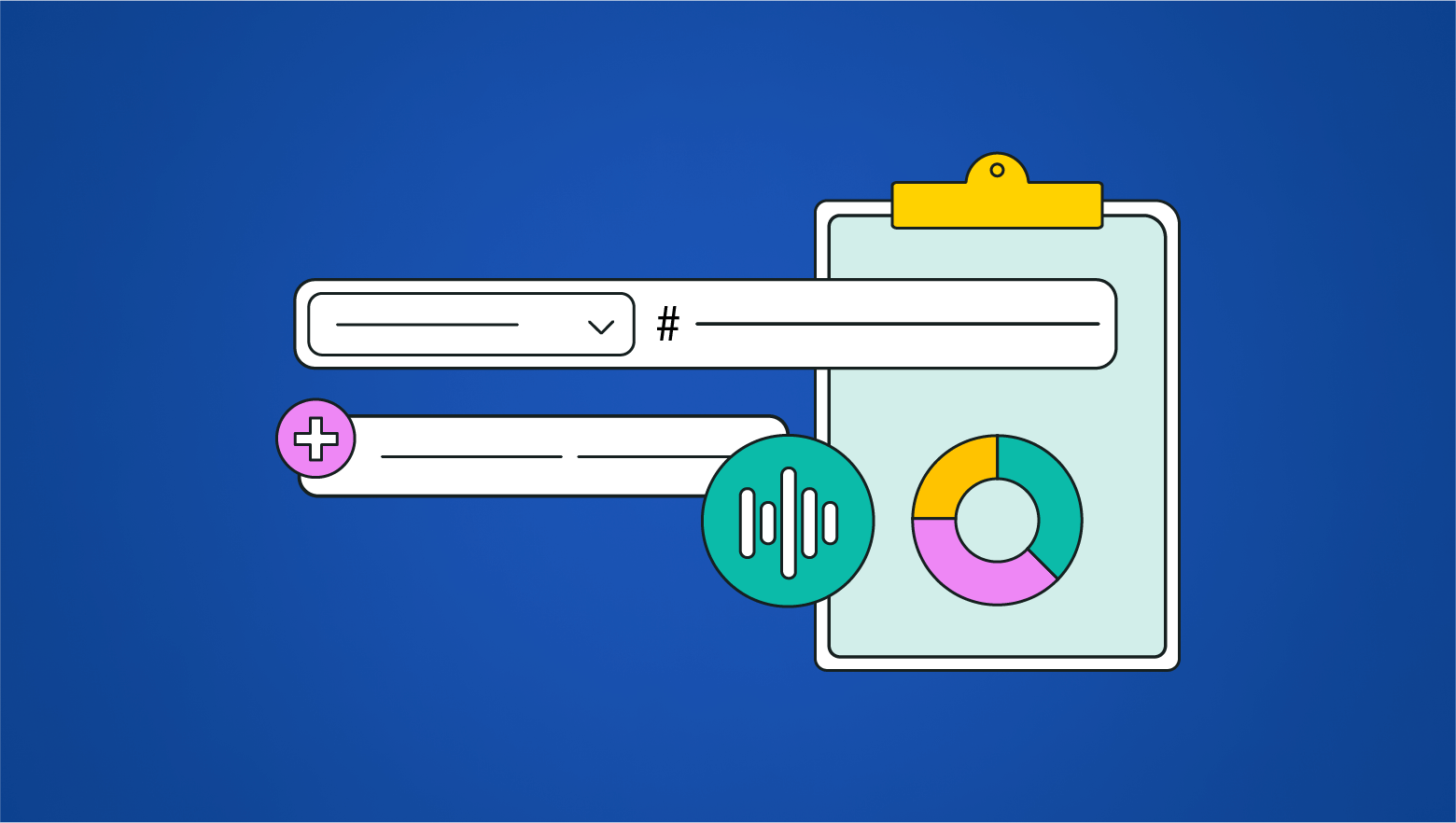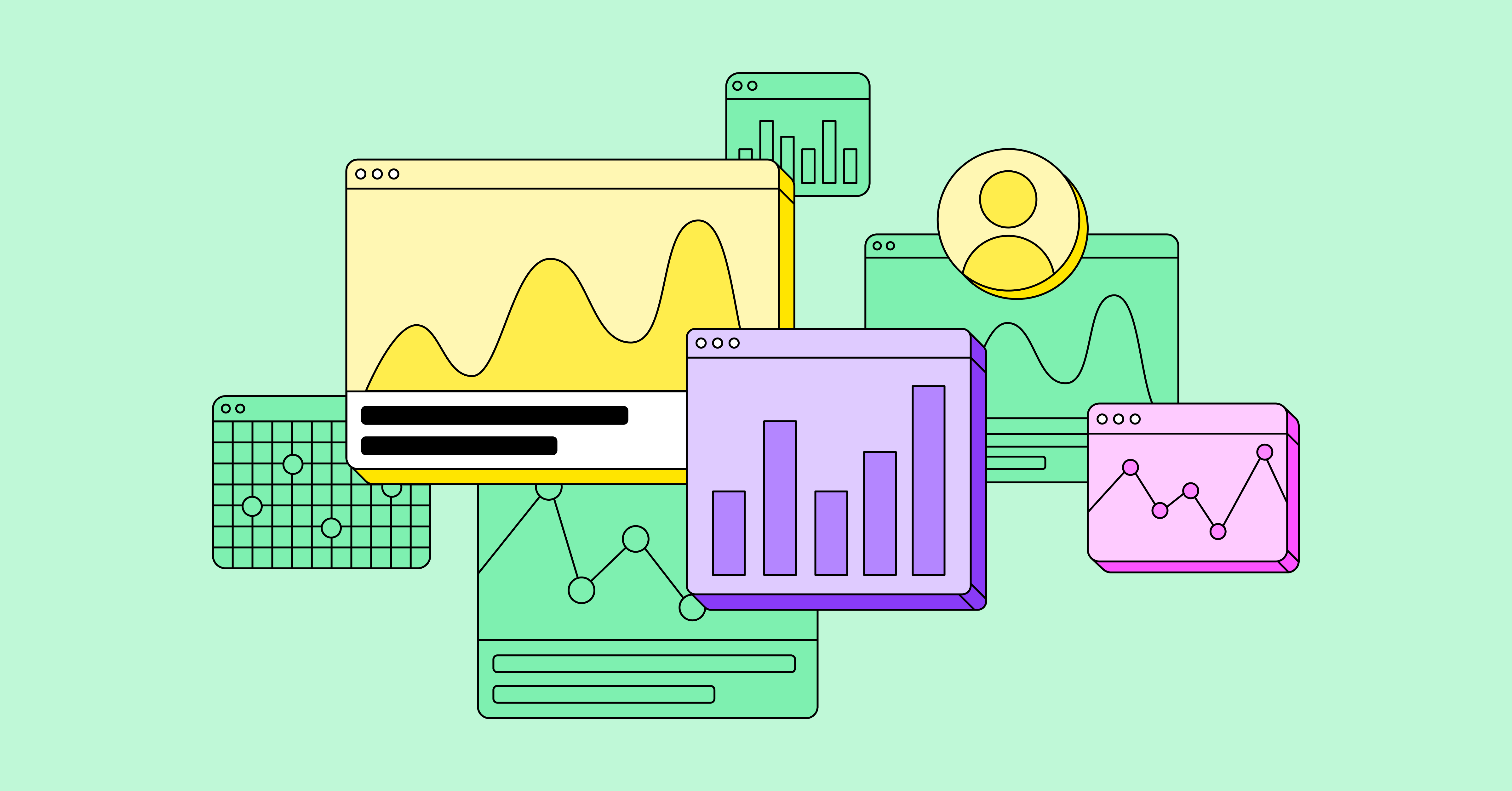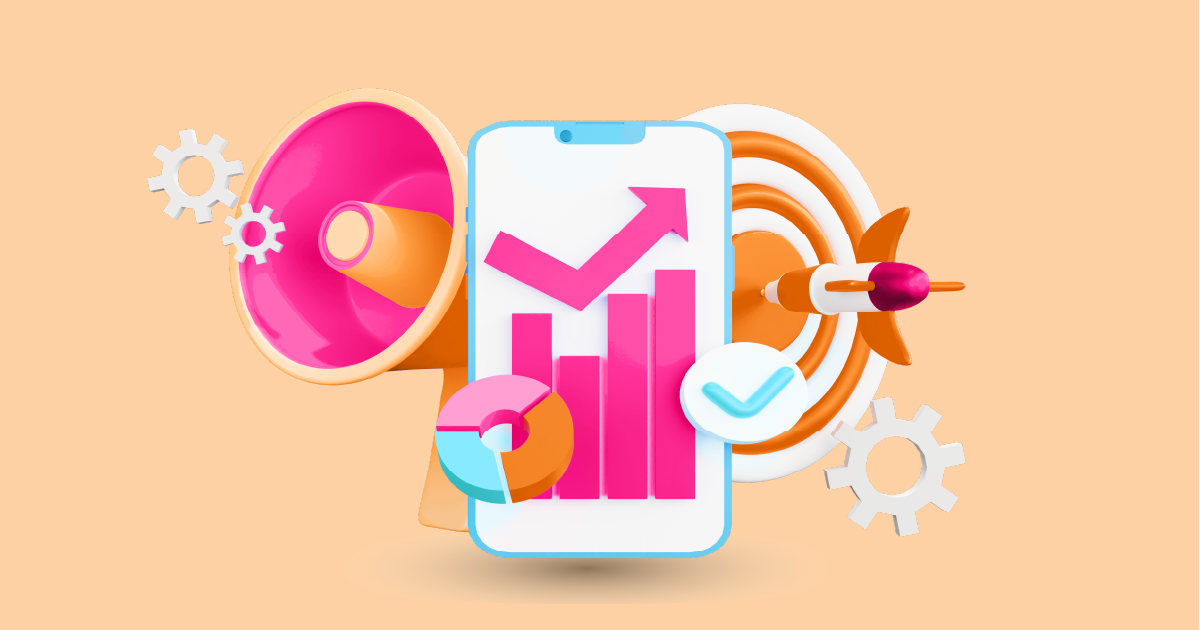Social media has become an integral part of our daily lives, influencing everything from personal interactions to business strategies. But how do businesses harness the power of social media to their advantage? The answer lies in social media insights. These insights can transform how a business interacts with its audience, improve its strategies, and ultimately drive growth. Let’s dive into the world of social media insights report and discover how they can be a game-changer for your business.
What are Social Media Insights Report?

1. Definition and Explanation
Social media insights refer to the valuable data and metrics derived from social media platforms that help businesses understand their performance and audience behavior. These insights provide a deeper understanding of what content resonates with your audience when to post, and how to engage effectively.
2. Types of Social Media Insights
Social media insights can be categorized into several types, including:
- Engagement Metrics: Likes, shares, comments, and mentions.
- Reach Metrics: The number of unique users who see your content.
- Conversion Metrics: Actions taken by users, such as clicks, sign-ups, or purchases.
- Audience Demographics: Information about your followers’ age, gender, location, and interests.
Benefits of Social Media Insights
1. Enhancing Marketing Strategies
By analyzing social media insights report, businesses can refine their marketing strategies. Understanding what type of content performs best allows for more targeted and effective campaigns. This ensures that marketing efforts are not just broad and general, but specific and impactful.
2. Improving Customer Engagement
Social media insights report helps identify the best times to post and the kind of content that generates the most engagement. This can lead to increased interaction with your audience, building a stronger community around your brand.
3. Driving Sales and Conversions
Knowing which posts drive the most traffic to your website or result in sales is crucial. Insights help pinpoint these high-performing posts, allowing you to focus on strategies that boost your bottom line.
Key Metrics to Track
1. Engagement Rate
Engagement rate measures how actively involved your audience is with your content. It includes likes, comments, shares, and other interactions. A higher engagement rate indicates a more engaged audience.
2. Reach and Impressions
- Reach refers to the number of unique users who see your content.
- Impressions count the total number of times your content is displayed, regardless of whether it is clicked.
3. Click-Through Rate (CTR)
CTR measures the percentage of people who click on a link in your post compared to the number of people who view the post. It’s a critical metric for understanding the effectiveness of your content in driving traffic.
4. Conversion Rate
Conversion rate tracks the percentage of users who complete a desired action after clicking on your social media post, such as making a purchase or signing up for a newsletter.
5. Audience Demographics
Understanding the demographics of your audience helps tailor your content to their preferences and needs. This includes age, gender, location, and interests.
Tools for Gathering Social Media Insights
1. Native Platform Analytics
Most social media platforms offer built-in analytics tools:
- Facebook Insights
- Instagram Insights
- Twitter Analytics
- LinkedIn Analytics
2. Third-Party Tools
There are also numerous third-party tools available that provide more comprehensive analytics:
These tools can consolidate data from multiple platforms, making it easier to analyze and compare.
How to Analyze Social Media Insights
1. Setting Objectives and Goals
Before diving into the data, it’s crucial to set clear objectives. What do you want to achieve with your social media strategy? This could be increasing brand awareness, driving sales, or improving customer service.
2. Comparing Data Across Platforms
Each platform has its strengths and user behaviors. Comparing data across platforms helps identify which ones work best for your business and where you should focus your efforts.
3. Identifying Trends and Patterns
Look for trends and patterns in your data. Are there specific times of day when engagement spikes? Does a particular type of content perform better? Use these insights to inform your future strategies.
Common Mistakes to Avoid
1. Ignoring Negative Feedback
Negative feedback can provide valuable insights into areas that need improvement. Ignoring it can lead to missed opportunities for growth and improvement.
2. Overlooking Data from Smaller Platforms
While major platforms like Facebook and Instagram are crucial, smaller platforms can also provide valuable insights. Don’t overlook data from these sources.
3. Focusing Solely on Vanity Metrics
Metrics like likes and followers are important, but they don’t tell the whole story. Focus on metrics that align with your business goals, such as engagement and conversion rates.
Future Trends
1. Emerging Trends
The landscape of social media is constantly evolving. Staying updated on emerging trends, such as the rise of video content and ephemeral content, is essential for staying relevant.
2. The Role of AI and Machine Learning
AI and machine learning are playing an increasingly significant role in social media insights. These technologies can analyze vast amounts of data quickly, providing deeper and more actionable insights.
Conclusion
In today’s digital age, leveraging social media insights report is not just beneficial – it’s essential. By understanding and utilizing these insights, businesses can create more effective strategies, engage with their audience more meaningfully, and drive significant growth. Ready to take your social media strategy to the next level? Request a demo from AIM Technologies today and see how our tools can provide the insights you need to succeed.
FAQs
What are the best tools for social media insights?
- Some of the best tools include Hootsuite, Buffer, Sprout Social, and the native analytics tools provided by platforms like Facebook and Instagram.
How often should I check my social media analytics?
- It’s a good practice to check your analytics at least once a week. However, for more active campaigns, daily monitoring might be necessary.
Can social media insights help small businesses?
- Absolutely! Social media insights can help small businesses understand their audience, optimize their content, and improve their marketing strategies.
What is the difference between reach and impressions?
- Reach refers to the number of unique users who see your content, while impressions count the total number of times your content is displayed.
How can I use social media insights to improve my content strategy?
- Use insights to identify what types of content perform best, the best times to post, and which platforms yield the most engagement. This will help you tailor your content strategy for better results.




